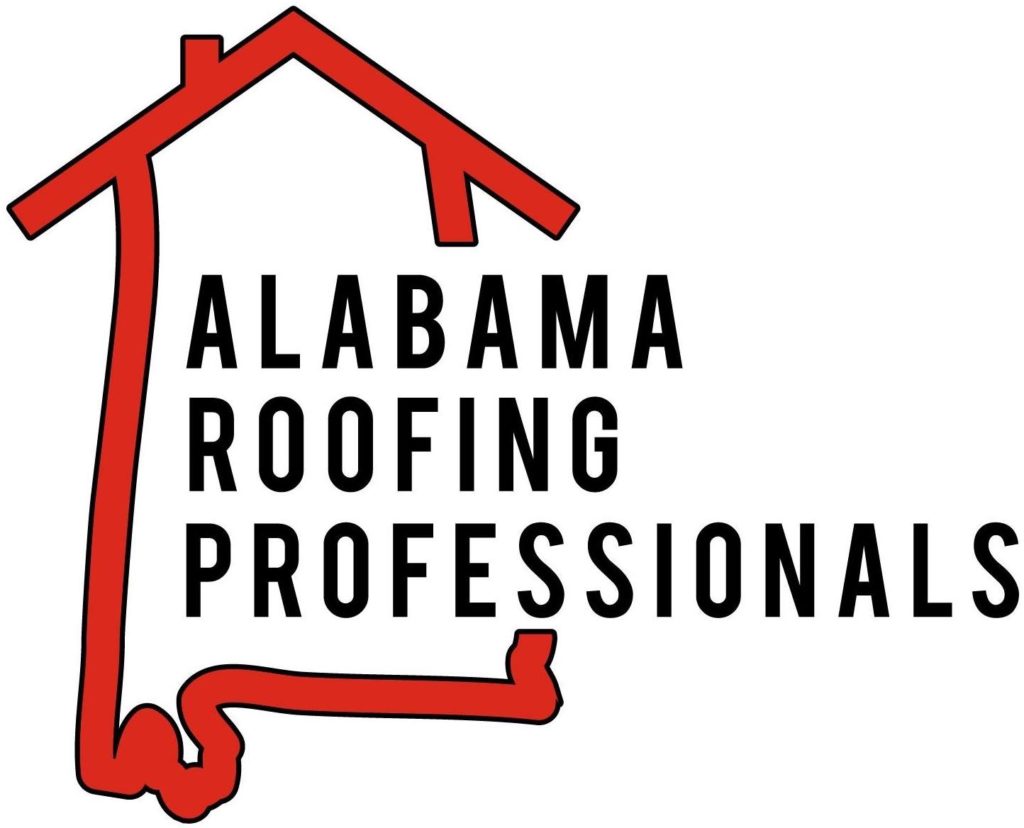It’s almost spring, which means Alabama homeowners are preparing for storm season. As a local roofing company, we see countless cases of storm damage in our area each year. About 90% of our projects result from insurance claims due to storm damage. And while not all damage is avoidable, there are things homeowners can do to make their properties safer and reduce their potential for roof damage.
Let’s look at how you can prepare your roof for storm season this year and in the future.
1. Inspect and Repair Shingle Damage
As storm season approaches, one of the most important things you can do is inspect your roof for shingle damage. If you have any missing or broken shingles, it’s best to replace them as soon as possible. Otherwise, your roof might sustain further damage.
For starters, missing shingles could cause water to leak into the home. Shingles are designed to guide water into the gutters, where it can then run away from the home. But without shingles in place, the water doesn’t roll as easily and instead may seep into the roof’s wood surface.
Inspecting and replacing damaged shingles should be done by a professional. Any DIY work may void your roof’s warranty, plus it could cause additional damage if the work isn’t performed properly.
2. Clean Gutters and Downspouts
Your gutters play an important role in your home’s structural integrity. They direct water away from the home to avoid future foundation issues, mold, and other problems. But your gutters can’t do their job if they’re clogged with debris.
Cleaning out your gutters and downspouts before a storm ensures rainwater can flow freely away from the roof and prevents any potential damage from flooding or debris buildup.
To start, remove all debris from your gutters using a trowel or similar tool. Be sure to wear gloves, as you may come across sharp objects (e.g. nails, broken glass) while clearing out leaves, twigs, and other obstructions. Once you’ve removed all visible debris, flush out the gutter with a garden hose at full pressure to clear any remaining material.
You may find yourself up on the ladder cleaning gutters more than once this storm season, especially if your home is near lots of trees. Keep an eye on gutters before storms and while it’s raining to ensure they’re free and clear and won’t overflow.
3. Trim Large Tree Limbs
Large tree limbs are the culprit behind many of our storm damage cases. Trimming away dead or sagging branches can protect your property from damage due to fallen debris.
Not only will pruning away overhanging branches protect your roof during storms, but it can also keep pests out of attics and other areas of the house that are difficult to access. And if you have an older roof with weakened shingles, taking preventive measures like trimming nearby trees can minimize the risk of water leakage into your home.
4. Purchase Tarps and Plastic Sheeting
Tarps and sheeting sell out quickly after a bad storm. Take action now by stocking up on these items before you need them. You’ll have them on-hand should any major roof damage occur and can tarp your roof without delay. We also offer emergency tarping after storms.
What to Do If a Storm Causes Roof Damage
If your roof sustains damage during a storm, we suggest taking shelter wherever you can. Avoid climbing on top of your roof during the storm, as this could pose a risk to your personal health and safety. Give us a call as soon as possible and we’ll come out to help you tarp and plan for the next steps.

